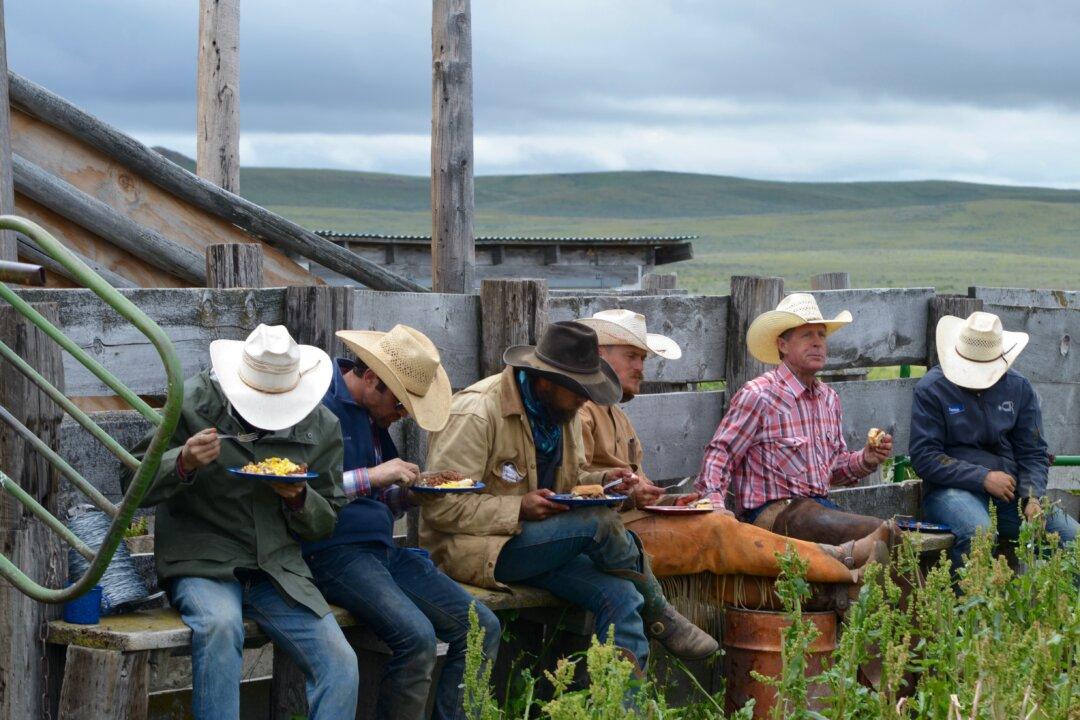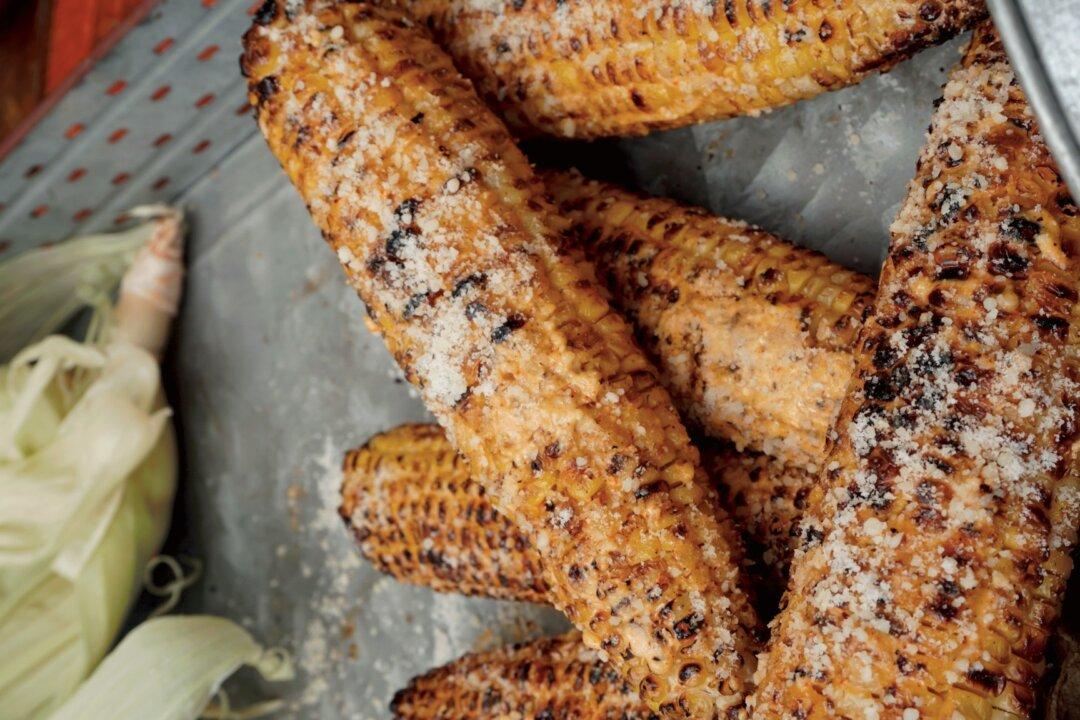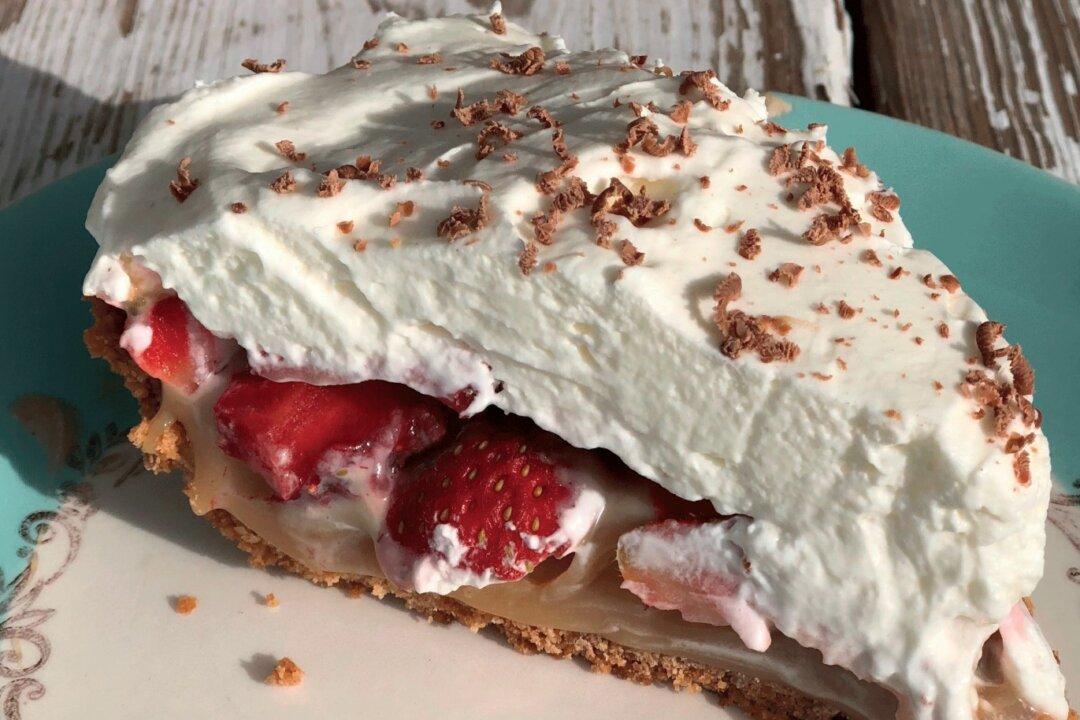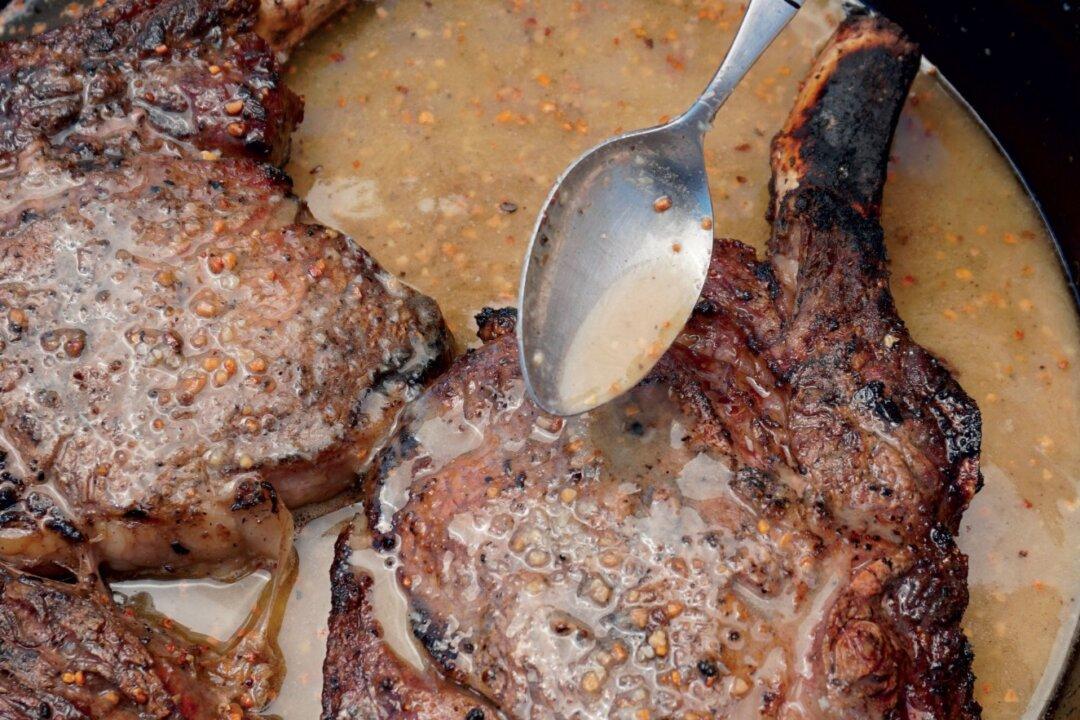It’s 2:45 a.m., and I’ve already dressed and put on my boots as the alarm clock sounds. I don’t recall in all my years as a chuck wagon cook that it ever did wake me up. I guess my biological clock always had it beat.
You might be wondering, “Why so early?” Well, cooking for cowboys on ranches isn’t as easy as walking into the kitchen, switching on the light, and turning the knob on the stove. A cook on a chuck wagon isn’t what I would call a glamorous job, but the pay is well worth it. I’m not talking pay in money, but I’m paid generously in scenery, peace, and friendships.





